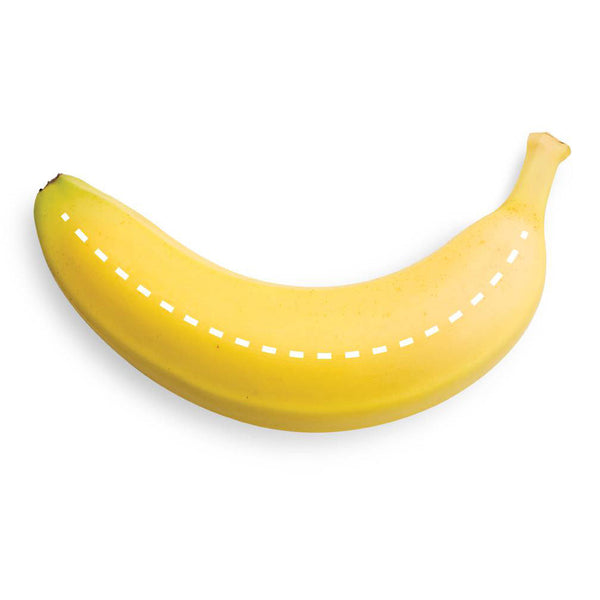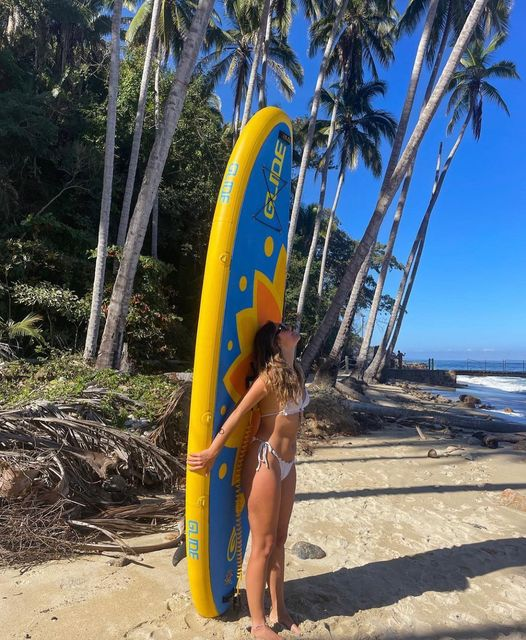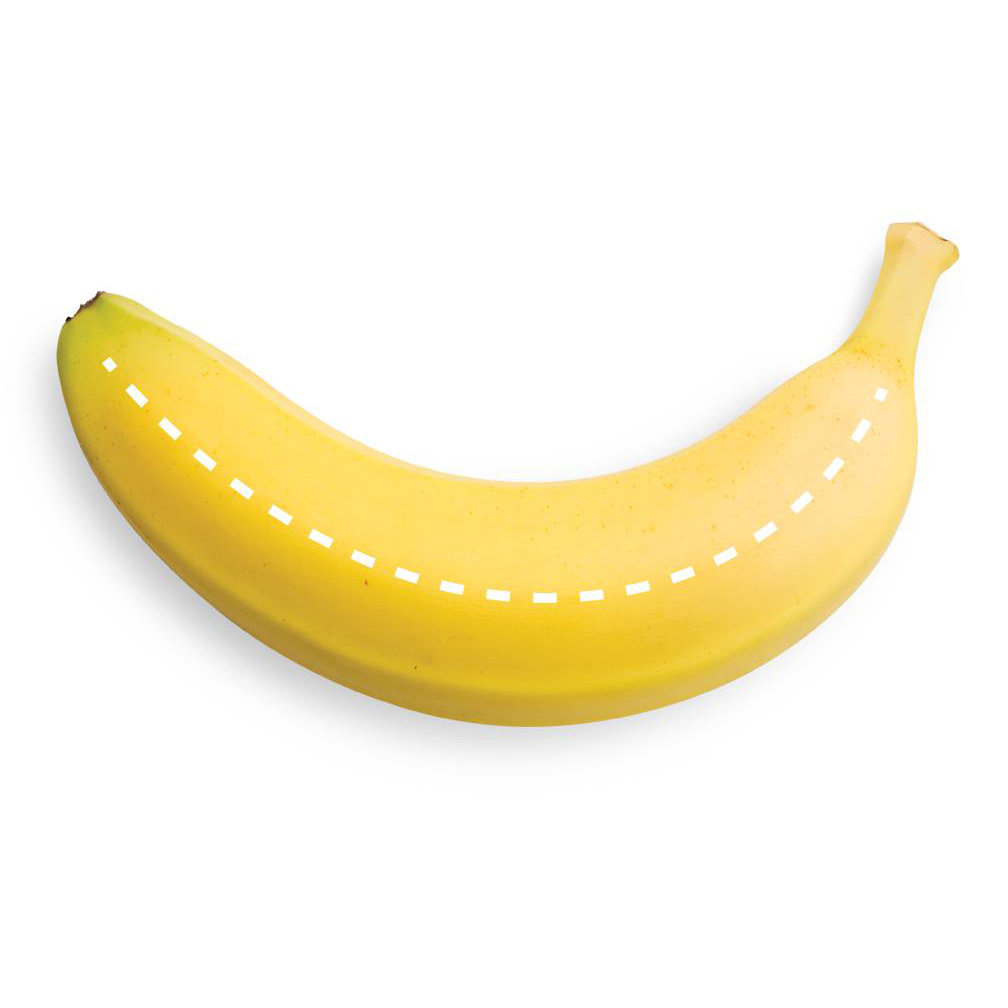
Why Does My Paddle Board Sink in the Middle? Causes & Fixes
There are several reasons that your inflatable paddle board may be sinking in the middle. Read on to find out what they are.
This guide explains why inflatable paddle boards sag or “sink” in the middle and how to fix it. The most common culprits are uneven or excessive weight, under-inflation, low-quality construction, and poor maintenance/storage. You’ll learn quick remedies (proper PSI, smarter weight distribution, routine rinsing/drying, indoor storage) and when it’s time to upgrade to a stiffer, fused-PVC, woven drop-stitch board like Glide to keep your SUP firm, stable, and adventure-ready.
Table of contents
Introduction
Inflatable paddle boards are loved for their portability, durability, and convenience—but if you’ve ever noticed your board sagging or sinking in the middle, you’re not alone. This “banana” or “taco” effect is one of the most common frustrations for paddlers, especially beginners. The good news? It’s also one of the easiest issues to diagnose and fix once you understand what’s going on.
In this guide, we’ll break down the answer to the question: why does my paddle board sink in the middle and how to fix it. Discover common causes, easy solutions, and Glide SUP boards built to stay rigid. and the practical solutions that will keep your SUP firm, stable, and ready for adventure.

1. Weight Distribution Matters More Than You Think
Every inflatable paddle board is designed with a maximum weight capacity. If you overload it—or pile too much weight directly in the center—you’ll notice sagging under your feet. This doesn’t always mean your board is defective; it often means the load isn’t balanced correctly.
How to Fix It:
-
Stay within the weight limit listed by the manufacturer. If your board is rated for 300 lbs and you + your gear + your pet weigh more, sagging is inevitable.
-
Distribute weight evenly. Place heavier gear near the nose and tail, not just in the middle.
-
Paddling with pets or kids? Position them slightly forward or aft of the center handle, not right in the middle.
👉 Pro Tip: Glide boards often feature high weight capacities and full-length deck pads, making them more forgiving for multi-person paddling.
2. Under-Inflation = Mid-Board Sagging
Inflatable SUPs rely on air pressure (PSI) for rigidity. A board that isn’t fully inflated will flex under your body weight, creating that sinking feeling in the center.
Most entry-level boards recommend 12–15 PSI, but premium boards—like Glide inflatables—are built to handle 20+ PSI for maximum stiffness and performance.
Quick Fix:
-
Always use a pressure gauge before launching. Many paddlers think their board is “firm enough” only to discover it’s 5 PSI underinflated.
-
Upgrade to an electric SUP pump if you struggle to hit full PSI with a manual pump. Consistency matters.
-
Inflate until your board feels rock-solid. When in doubt, check the manufacturer’s recommended PSI.
👉 Glide Tip: Our boards are designed to hold higher PSI safely, which translates to a noticeably stiffer, more stable ride.
3. Construction Quality: Not All SUPs Are Equal
If you’re using a bargain-brand paddle board from a big-box store, sagging is almost guaranteed. That’s because cheap SUPs often use single-layer PVC and low-density drop-stitch cores, which flex under normal pressure.
What High-Quality Construction Looks Like:
-
Multi-layer fused PVC: Fused layers are stronger, lighter, and more durable than glued ones.
-
Woven drop-stitch core: Thousands of internal fibers create a rigid “skeleton,” reducing flex and mid-board sag.
-
Reinforced rails: Triple-layer rails keep the board from folding under pressure.
👉 Why Glide Holds Up: Our AeroMatrix™ woven drop-stitch cores and ThermoFuse™ triple-layer rails give Glide boards stiffness and durability that cheaper boards simply can’t match.

4. Maintenance Issues Can Cause Sagging Over Time
Even the best board can start sagging if it’s not maintained properly. Sand, dirt, saltwater, and UV exposure slowly weaken PVC and seams, leading to leaks or reduced rigidity.
Maintenance Checklist:
-
Rinse after every session with fresh water.
-
Dry fully before rolling or storing your SUP.
-
Store indoors in a cool, dry location.
-
Check seams and valves regularly for leaks or wear.
👉 If your once-solid board now feels floppy, it might need a patch or valve adjustment rather than a full replacement.
5. Improper Storage Can Ruin a SUP
Leaving your board inflated in direct sunlight or storing it in a damp garage can destroy its structural integrity. UV rays weaken PVC, while heat can cause air expansion that stresses seams.
Best Practices for SUP Storage:
-
Store indoors or in a board bag when not in use.
-
Keep away from direct sun and moisture.
-
Avoid leaving your board strapped too tightly for long periods.
-
If storing inflated, keep it out of heat and only at about 50–75% PSI.
6. When It’s Time to Upgrade
If you’ve checked weight, PSI, storage, and maintenance—and your board still sinks—it may simply be a low-quality model. Many cheaper SUPs are designed as seasonal “pool toys,” not long-term adventure boards.
👉 Investing in a durable SUP built with woven drop-stitch and fusion PVC (like Glide’s inflatables) means your board stays stiff and stable for years, not months.

Final Thoughts: Why Does my Paddle Board Sink in the Middle?
If your inflatable paddle board is sinking in the middle, the cause is almost always one of these:
-
Uneven or excessive weight distribution
-
Under-inflation
-
Cheap construction
-
Poor maintenance or bad storage habits
The good news? All of these issues are fixable—or preventable—with the right gear and care.
At Glide, our inflatable SUPs are designed with elite construction techniques so they don’t fold, sag, or buckle—even under heavy use. If you’re tired of boards that sink in the middle, it might be time to upgrade to something built for the long haul.
👉 Ready to upgrade? Explore Glide’s Inflatable Paddle Boards
for SUPs that balance portability, rigidity, and eco-friendly durability.
FAQs: Paddle Board Sinking in the Middle
Why does my paddle board sag even when it’s new?
If it’s under-inflated or made with low-quality materials (like single-layer PVC), sagging can happen right away.
How much PSI should I inflate my paddle board to?
Most premium boards perform best at 15–20 PSI. Glide recommends inflating to 20 PSI for optimal stiffness.
Can a damaged valve cause sinking in the middle?
Yes. If air is leaking from the valve or seams, your board won’t maintain proper rigidity. A valve tightening tool or patch kit can help.
How can I prevent my SUP from sinking long-term?
Maintain proper PSI, distribute weight evenly, rinse after use, and store it indoors away from UV rays.
Are inflatable SUPs less durable than hard boards?
Not when built properly. High-quality inflatables with woven drop-stitch cores (like Glide) are surprisingly rigid and can last over 10 years.





